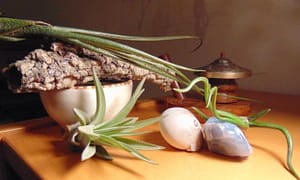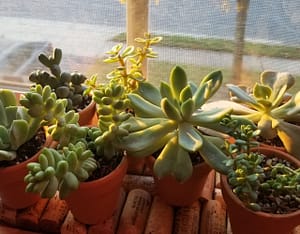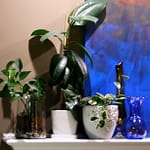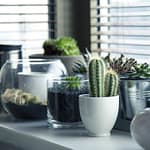Picking the best plants for your home can be overwhelming. It depends on how much (or little) planning you do before shopping for your plant.
If you are like me, I find it hard to visit a plant nursery without impulsively buying one or more plants. I imagined the perfect spot in my home for the new plant I want to buy. After reading over the care instructions on the label, I think to myself, “I got this.”
After a short time, I noticed that my beautiful plant has started to look spindly. I noticed leaf discoloration, wilting, and then complete leave loss. What has happened to my new plant?!? I’ve tried my best to nurse my plant back to good health, not realizing that I have done more harm than good. While trying to desperately to “fix” my plant, it eventually died. I felt frustrated and defeated. What went wrong?
My new plant once lived in an ideal environment with optimal light, temperature, humidity, and water. Its former greenhouse environment mimicked its natural habitat. My home environment did not. I didn’t do my research before buying my new plant.

Which houseplants to buy?
Over the years, I learned quite a bit from my plant care successes and failures. I realized that it’s important to research what plants work best for my home and life style.
I highly recommend doing your research first before choosing your new houseplant. This includes understanding plant origin and natural habitat. This helps to more accurately know plant care needs … light, watering, soil, temperature, and humidity.
There is a lots of useful information on the internet about plant care. It is not the only source to get your information. Ask friends, family, and colleagues you know who love to collect and care for plants. They are more than happy to share their knowledge with you.
Identify the New Space in the Home
Strategically plot out the best spot in your home for the plant. Plants look beautiful in the greenhouse, but is the space you choose good for the plant? Observe the home environment:
- The amount of natural light (which is the brightest room and the darkest room?)
- Temperature setting (how hot and how cool is your home?)
- Water quality (do you have tap and/or filtered water?)
- Moisture (how humid or how dry is your home?)
Find the Plants Suited for New Space
Look for plants that can easily adapt to the home climate. To start, you can look for plants considered as “easy care”. Most of these plants adapt well, as long as it has the right light and the right amount of water.
Read “Easy Care Plants [Short List]” article for some plant purchasing ideas.
For dark interior rooms, you can consider using grow light bulbs that you can installed in your standard light fixtures. I use Grow Light LED bulbs by GE. It is a balance spectrum light bulb that fits most standard lamp and light fixtures.
If you have difficulty maintaining moderate to high humidity, then look for plants that can survive low to moderate humidity levels. As for temperature, the same logic applies.
Many tropical plants can survive well if indoor temperatures dip down below 70 degrees F. The same is true for many cactus and succulents.
One more thing to research plant’s dormancy period. From my research, all plants go dormant for a period of time or season. So if your plant suddenly looks less lively, it could be going into it dormant phase.
(More about caring for dormant plants to be posted soon.)
Hopefully this information is a start towards buying the right plant for your home.







